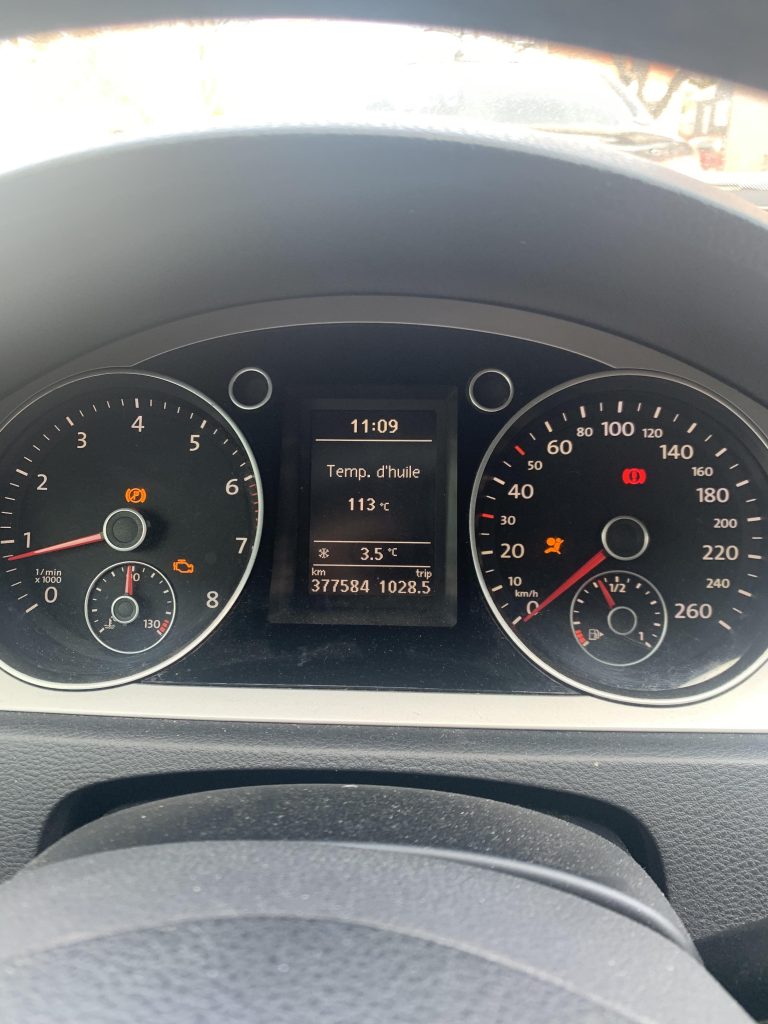Fan Stays on When Car is Off: Quick Fixes & Tips
The fan staying on after turning off the car typically indicates a cooling system function. This can help prevent engine overheating.
Many drivers notice their car’s fan running even after they shut off the engine. This often raises questions about its purpose and functionality. The fan helps cool the engine and its components, especially after a long drive or in hot weather.
Cars with turbocharged engines or heavy-duty cooling systems may exhibit this behavior more frequently. Understanding this mechanism can ease concerns about potential issues. Regular maintenance checks can also help ensure that your vehicle operates smoothly. Recognizing why the fan runs after shutdown can lead to better care for your car and enhance its lifespan.
Common Reasons Why Car Fans Keep Running
A faulty cooling sensor can cause the fan to keep running. This sensor detects the engine’s temperature. If it malfunctions, the fan may not turn off.
A stuck relay is another common issue. Relays control the fan’s operation. If the relay gets stuck, the fan continues to run.
Some cars need extended cooling after shutting off. This happens if the engine was very hot. The fan helps cool the engine down even when the car is off.
Initial Steps Before Fixing The Fan Issue
Start by checking the coolant level in your car. Low coolant can cause the fan to run even when the car is off. Ensure the coolant is at the recommended level.
Next, inspect the fan relay. This small part controls the fan’s operation. A faulty relay may keep the fan running. Replace it if it appears damaged.
Review the temperature sensor as well. This sensor detects the engine’s temperature. If it fails, it may signal the fan to stay on. Testing or replacing this sensor can solve the issue.
How To Replace A Faulty Relay
To locate the relay, find the car’s fuse box. This box is often under the dashboard or near the engine. Check the owner’s manual for exact locations. The relay usually has a label that indicates its purpose.
Testing the relay can be done with a multimeter. Set the multimeter to the resistance setting. Check the relay’s terminals for continuity. A faulty relay will show no continuity. If the relay is bad, it needs replacing.
Replacing the relay is simple. Remove the old relay by pulling it straight out. Align the new relay with the slots and push it in firmly. Always ensure the new relay matches the old one in size and specifications.
Fixing A Malfunctioning Coolant Sensor
Identifying a faulty coolant sensor is essential for fixing car issues. Check if the fan runs after turning off the engine. This behavior often points to a malfunction. Look for warning lights on your dashboard. They may signal sensor problems.
Test the sensor by measuring its resistance. A reading outside the normal range indicates a problem. Inspect the wiring connected to the sensor. Look for frayed wires or loose connections that could cause issues.
To replace the sensor, first, disconnect the battery. Then, locate the sensor in the engine bay. Remove any obstructions to access it easily. Unscrew the sensor and detach it from the wiring. Install the new sensor and reconnect everything securely.
When To Consider Professional Help
Sometimes, complex electrical issues can make the fan stay on. This can lead to overheating problems even after repairs. If the fan runs continuously, it may indicate a bigger problem. Checking the fuse box and relays is essential. These parts can fail and cause strange behaviors.
Electrical systems in cars are complicated. A small problem can escalate quickly. Professional help can ensure a proper diagnosis and fix. Ignoring these signs might lead to more serious damage. Taking action early can save time and money.
Preventive Measures To Avoid Future Fan Problems
Regular maintenance is key to keeping your car’s fan in good shape. Check the coolant level often. Low coolant can cause overheating. Always inspect the radiator for leaks or damage. A clean radiator helps the fan work better.
Look for worn-out hoses and replace them if needed. Dirty air filters can block airflow. Change the air filter regularly to keep the system running smoothly. Always listen for strange noises from the fan.
Checking the thermostat is also important. A stuck thermostat can cause problems. Make sure the fan belt is tight and in good condition. These simple steps can help avoid future fan issues.
Understanding The Role Of Your Car’s Cooling System
The cooling system in your car helps prevent overheating. Key components include the radiator, water pump, and thermostat. Each part plays a vital role in keeping your engine cool.
The radiator removes heat from the engine. It allows coolant to flow and absorb heat. The water pump circulates coolant throughout the engine. This helps maintain a stable temperature.
The thermostat controls coolant flow based on temperature. It opens and closes to manage heat effectively. A well-functioning cooling system improves your car’s performance.
Problems in the cooling system can lead to engine damage. Regular checks help avoid costly repairs. Keeping components clean and functional is essential for longevity.
DIY Vs. Professional Repair: Making The Right Choice
Understanding the complexity of the issue is crucial. Simple problems can often be fixed by yourself. More complicated issues may require professional help. Assess your skills and tools before deciding.
Cost is another important factor. DIY repairs save money but may take time. Professional repairs can be expensive but often come with guarantees. Weigh the potential costs against the risks of a bad fix.
Consider your warranty status as well. Some warranties require professional repairs to remain valid. DIY repairs might void your warranty, leading to higher future costs. Always check your warranty before making a choice.
Frequently Asked Questions
Why Is The Fan Running When The Car Is Off?
The fan may run after the car is off to cool down the engine or maintain optimal temperatures for components. It can also activate if the car’s computer detects high temperatures. This helps prevent overheating and ensures the vehicle remains in good condition.
Why Won’t My Fan Turn Off In My Car?
Your car fan may not turn off due to a faulty thermostat, a stuck relay, or a malfunctioning control switch. Check for blown fuses or wiring issues. If the problem persists, consult a mechanic for a thorough diagnosis and repair.
What Causes The Radiator Fan To Stay On?
A radiator fan may stay on due to high engine temperature, a faulty temperature sensor, or a malfunctioning fan relay. Electrical issues or a stuck thermostat can also cause this problem. Regular maintenance helps prevent these issues and ensures proper cooling system function.
Why Is My Car Fan Still Making Sound When I Turn It Off?
Your car fan may continue to run after turning off due to a cooling system feature. It helps prevent overheating. A malfunctioning relay or faulty sensor can also cause this issue. Check your vehicle’s manual for specific details or consult a mechanic for further diagnosis.
Conclusion
Experiencing a fan that stays on after turning off your car can be concerning. It often indicates a cooling system feature or a potential issue. Regular maintenance and understanding your vehicle’s systems can help prevent problems. Always consult a professional if you notice unusual behavior.
Keeping your car in top shape is essential for reliability.





